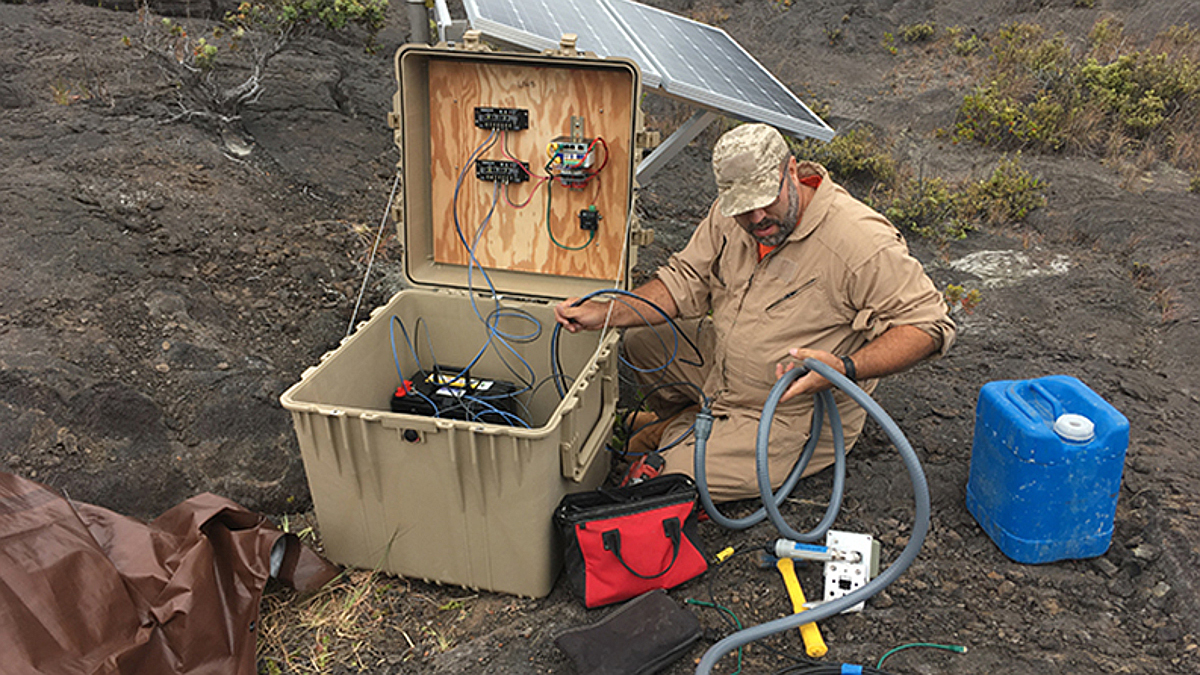

Earthquake monitoring feeds into applications such as emergency response and the rapid analysis of possible tsunami. GeoNet is a collaboration between GNS, Toka Tū Ake EQC and Toitū Te Whenua LINZ and includes the National Geohazards Monitoring Centre (NGMC), which contributes significantly to the analysis of seismic data and monitors seismic activity around the country.

These data are acquired, collected, stored and made available for research and monitoring by the GeoNet programme. For seismic monitoring of North-Western region we use our own seismic stations as well as data from IRIS consortium stations and Scandinavian seismic arrays. Continuous GPS is being used to monitor “slow” earthquakes, recording land movement down to a few millimetres. In order to monitor the crustal shortening because of continuous movement of Indian Plate towards the north, NSC/DMG installed 29 GPS Stations in technical collaboration with Caltech/USA and DASE/France across the Nepal Himalaya.īy the end of 2017, 213807 earthquakes have been recorded by the centre out of which 108007 are local & regional and 105800 are teleseisms.Nationwide, there are hundreds of seismographs and strong motion sensors monitoring thousands of small shakes and many large quakes per year. Since earthquake is caused by sudden release of elastic energy stored in the active geological faults inside the earth which causes movement in the crust.
Seismac stations software#
Before this ISIS software of DASE was used for acquisition & processing. The location is made with ONYX software of DASE since April, 2001. The signals are digitized centrally acquired using JADE software of DASE. The stations are operated in two sensitivity channels allowing a dynamic range of 110 db. RSC records 9 stations of mid western and farwestern Nepal while NSC records the remaining 12 stations from Puthan to Taplejung. Nowadays, the high level of coastal devel- opment/tourist infrastructure is critical to. The recording is carried out at two centres Birendranagar Regional Seismological Centre (RSC), Surkhet and National Earthquake Monitoring & Research Centre (NEMRC), Lainchour, Kathmandu. Broadband seismic stations in the Lesser Antilles der et al., 1997). The 21 short period seismic stations and 7 accelerometer stations occupy the Lesser Himalaya and Sub Himalayan terrain of Nepal Himalaya uniformly. The network is operated in collaboration with Department of Analysis & Surveillance of Environment (DASE), France. The number of stations were augmented gradually to create the National Network consisting of 21 short period seismic stations in 1998 and 7 accelerometer stations in 2012. Microseimic monitoring in Nepal started in November, 1978 by Department of Mines and Geology (DMG), Ministry of Industry, government of federal democratic republic of Nepal in collaboration with Laboratoire de Geophysique Appliquee, Paris University, France with the installation of first short period vertical seismic station Phulchoki(PKI) hilltop in the south of Kathmandu. For regional and global earthquake location and related seismological studies it provides a valuable database. It is an instrument for seismic surveillance allowing a fast post earthquake rescue operation. Microseismic monitoring is a very fast and efficient tool to understand the seismotectonics of the region. Mitigation of earthquake risk can be made only with adequate assessment of seismic hazard which should be based on the evaluation of seismotectonic and geological process prevailing in this part of the world. Historical data evidence the occurrence of destructive great earthquakes in the past. The federal democratic republic of Nepal is located at the boundary between Indian and Tibetan tectonic plates and therefore lies in a seismically active region.


 0 kommentar(er)
0 kommentar(er)
